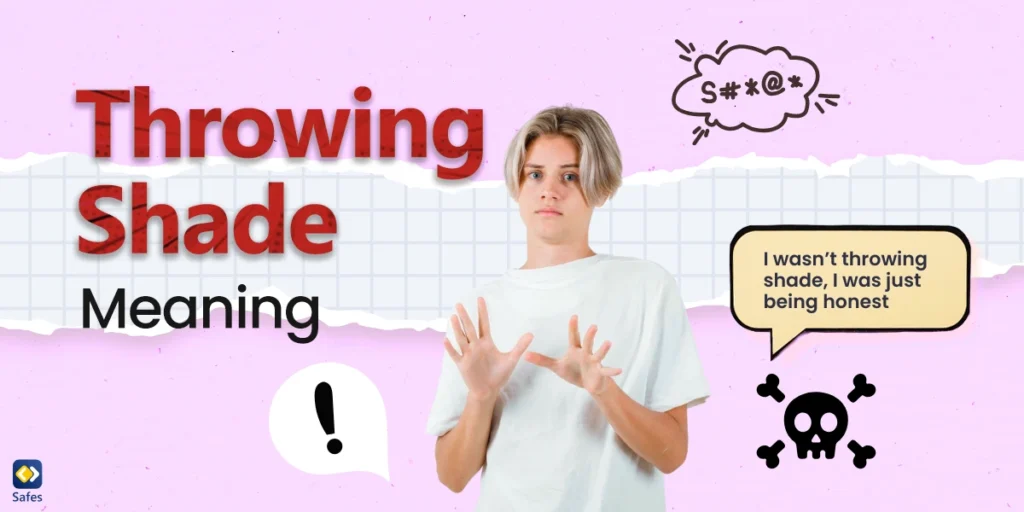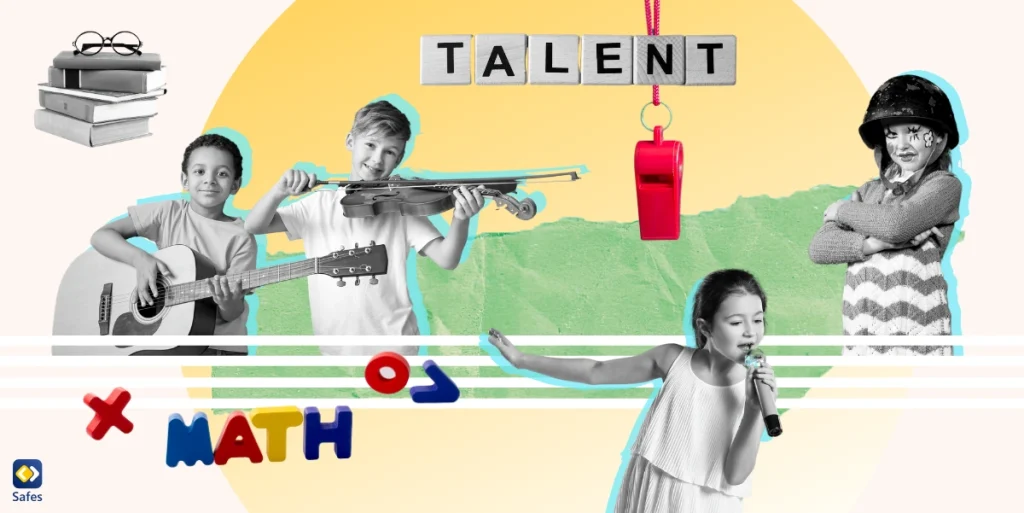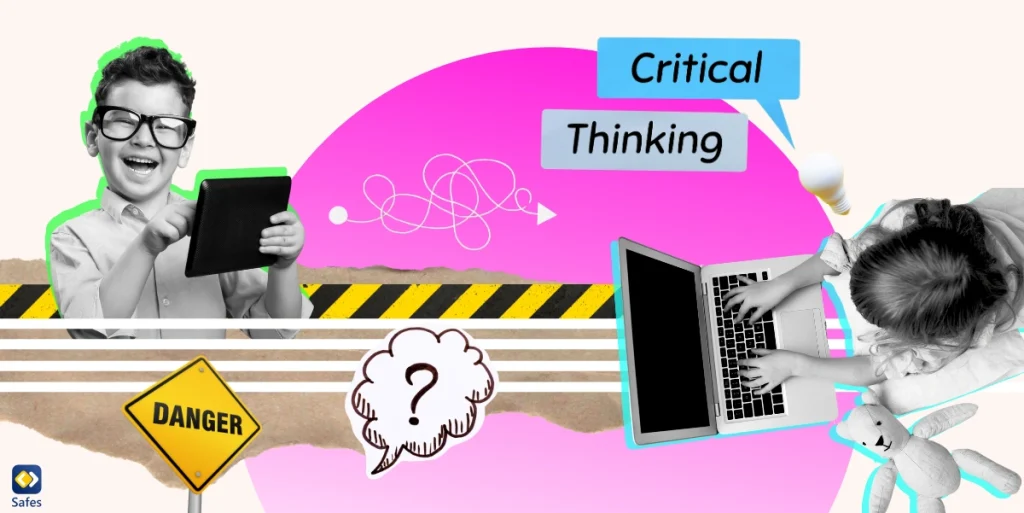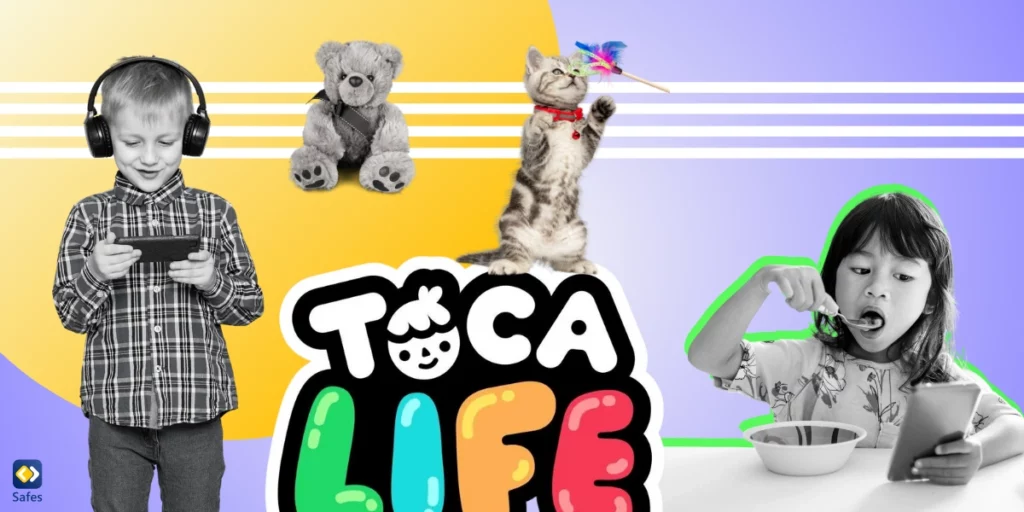As a parent, you might come across strange slang when your child chats online or scrolls through social media. One term you’ve probably heard or seen in captions, comments, or memes is “throwing shade.” But what is throwing shade meaning? Is it harmless fun or something to worry about?
Download and Start Your Free Trial of the Safes Parental Control App
In this blog, we’ll break down the meaning of throwing shade in 2025, look at real examples, explore where kids are using it, and most importantly, help you understand if it’s something you should be concerned about. Let’s dive in.
What Does It Mean to Throw Shade at Someone?
Throwing shade means subtly (or sometimes not-so-subtly) disrespecting or criticizing someone, often in a clever, funny, or sarcastic way. It’s not always direct, which makes it tricky to notice.
The phrase originally came from drag culture and became popular in the 2010s. In 2025, it’s still widely used among teens and young adults. Kids may say someone is “throwing shade” when that person makes a comment that insults or embarrasses another, without being obviously mean.
What Are the Examples of Throwing Shade?
Your child might say, “Did you see what Ava said about Emma’s outfit? Total shade.”
It might sound like just a joke to kids, but depending on the situation, it can be a form of bullying or passive-aggressive behavior. Here are other examples to get you more acquainted with this slang word:
- Subtle insult: “Oh wow, you finally got it right, for once.”
- Backhanded compliment: “You look good today. I almost didn’t recognize you!”
- Sarcasm in comments: Someone posts a selfie, and a peer comments, “Bold move posting that.”
- Using memes or GIFs: Teens might post a meme of someone rolling their eyes or looking disgusted in response to another person’s post.
These are all ways to throw shade at someone, without being direct.

How It’s Used in Real Digital Interactions
In real life, shade is usually thrown in a joking tone, but online, it’s harder to tell if someone is joking or being cruel. Teens might:
- Post a cryptic tweet that indirectly targets a classmate.
- Comment something sarcastic on TikTok or Instagram.
- Share a “shady” meme in a group chat, aimed at someone in the group.
Since much of this is done in public posts or private DMs, it’s not always visible to parents or teachers. That’s why kids sometimes don’t report it; it flies under the radar as “just a joke.”
Platform-Specific Usage of Throwing Shade
Here’s how throwing shade appears on different platforms your child might be using:
- Teens might create a video on TikTok with text or music that subtly mocks someone or a trend.
- Shade is often thrown in Stories, captions, or comment sections on Instagram. It may also be used as passive-aggressive emojis.
- Subtle jabs are shared via snaps or private messages on Snapchat that disappear quickly.
- Kids tweet vague messages or retweet memes on X that target someone without saying their name.
- Shade can appear in group chats on Discord, where sarcasm and memes are common.
Risk Level Indicator (Parent Alert System)
🟡 Yellow – Context matters; can be misused.
In most cases, throwing shade falls into the yellow zone on the risk indicator scale, meaning it’s not outright bullying but still something to watch. It often comes across as a joke or sarcastic comment, but it can hurt feelings, especially if it’s repeated or directed at the same person over time. Since it’s usually subtle, kids might not realize it’s harmful, and parents may overlook it.
That’s why it’s important to talk to your child about how online jokes can affect others and to stay alert for patterns that might signal emotional distress or social pressure. Additionally, one way that can help you protect your children against this kind of behavior is by using a parental control app and checking their online interactions.
Trend Tracker: Is It Still Relevant?
🔥 Trending (widely used now)
Throwing shade is still relevant in 2025. While some teens now use newer slang like “dragged” or “clapped back,” throwing shade continues to be a well-understood and frequently used phrase. It’s part of the online culture, especially among those who enjoy humor, gossip, or pop culture.
It’s worth mentioning that many memes, reaction videos, and even popular influencers keep the trend alive. So, even if it’s not always labeled as “shade,” the behavior remains common.
![]()
Online Safety Considerations of Using Giving Shade Meaning
Using or being exposed to shade online can have deeper effects than it may seem at first. Kids may view it as harmless fun or clever humor. However, repeated exposure to sarcastic or backhanded comments can slowly impact a child’s self-esteem. If a child is often the target of shade, even indirectly, they may begin to feel isolated or anxious, especially if their peers laugh or join in. On the other hand, if a child frequently throws shade, it could harm their relationships and reputation, making them appear unkind or dismissive.
Parents should also be aware that peer pressure plays a big role in this behavior. Teens may feel the need to participate in throwing shade just to fit in or avoid becoming a target themselves. That’s why it’s essential to foster open communication about online behavior and encourage empathy in digital interactions. Tracking their online activities and interactions is a helpful way to detect any risky behavior and safeguard your children against it.
Final Word
In this blog, we reviewed the shade tweets’ meaning and all the aspects related to this slang word. In a digital world full of slang, humor, and constant connection, throwing shade might seem like harmless fun. But for some kids, it crosses the line into emotional harm or digital bullying. As a parent, keeping an open line of communication with your child is the best way to protect them and to teach them how to be kind and thoughtful online.
To help make your job easier, consider using a parental control app like Safes. As a better alternative to parental controls on Android, with Safes, you can monitor online activity and screen time, get alerts for harmful or risky content, and help your child develop healthy digital habits. Safes is available on Android and iOS, and we offer a free trial so you can see how it works before making a commitment. Download this app now and create a safer digital world for your child.
Your Child’s Online Safety Starts Here
Every parent today needs a solution to manage screen time and keep their child safe online.
Without the right tools, digital risks and excessive screen time can impact children's well-being. Safes helps parents set healthy boundaries, monitor activity, and protect kids from online dangers—all with an easy-to-use app.
Take control of your child’s digital world. Learn more about Safes or download the app to start your free trial today!




